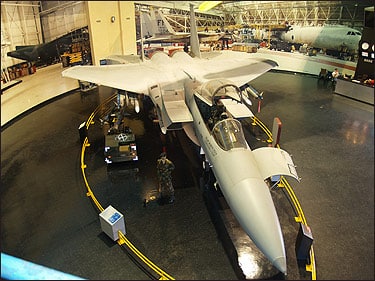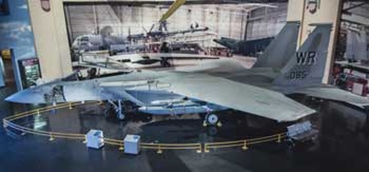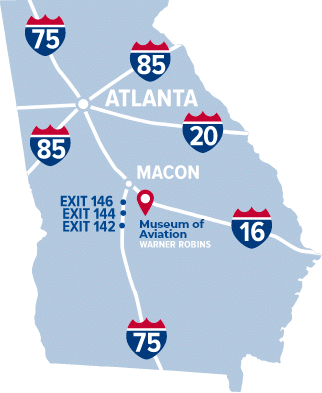The F-15 is a twin engine, high performance, all-weather air-superiority fighter. First flown on 27 July 1972, the Eagle entered USAF inventory on 4 November 1974. It was the first U.S. fighter to have engine thrust greater than the normal weight of the aircraft, allowing it to accelerate while in a vertical climb. The Eagle has been produced in single-seat and two-seat versions. During Operation Desert Storm, F-15Cs conducted counter-air operations over Iraq. They escorted strike aircraft over long distance and scored 30 aerial victories during the conflict. The F-15E was used to search out and attack Scud: ballistic missile launchers. Three foreign countries fly the Eagle including Israel, Japan and Saudi Arabia.
Warner Robins Air Logistics Center is responsible for worldwide logistics and program support of all USAF F-15s. The F-15A on display was delivered to the USAF and the 56th Fighter Weapons Wing at Luke AFB, Arizona in December 1974. In 1987 it was transferred to the 159th Tactical Fighter Group (ANG) at NAS New Orleans, Louisiana and in August 1988 it was retired to Robins AFB for display.
















